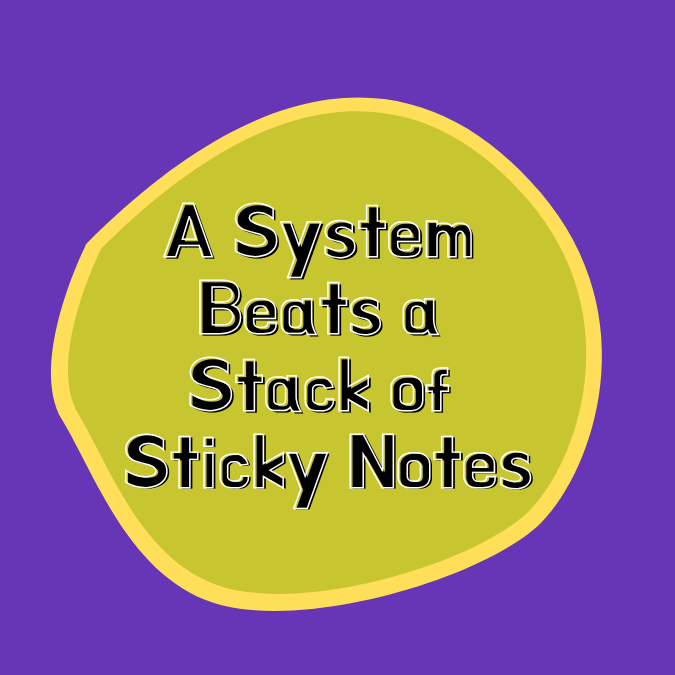Pipedrive Vs Agile CRM: Let’s Compare
If you're seeking the perfect CRM, Pipedrive and Agile CRM each bring unique strengths to the table. Pipedrive stands out with its intuitive customization, minimalistic design, and seamless integration capabilities, making it ideal for those who value simplicity and ease of use. Agile CRM, on the other hand, excels with a thorough suite for sales, marketing, and service automation, plus detailed analytics and robust reporting tools. Pipedrive's straightforward pricing adjusts as your business grows, while Agile's freemium model offers a budget-friendly start. Ready to make an informed choice? Continue on to uncover the details.
Key Features Overview
When comparing Pipedrive CRM and Agile CRM, you'll discover that each platform offers a unique array of key features designed to enhance your sales and marketing efforts.
Pipedrive excels in providing intuitive customization options that let you tailor your pipeline stages, fields, and workflows to fit your specific business needs. This flexibility guarantees you can adapt the platform as your business evolves, making it an ideal choice for growing companies.
On the other hand, Agile CRM offers a thorough suite of tools that integrate sales, marketing, and service automation seamlessly. You'll find that its reporting tools are particularly robust, offering detailed analytics and insights into your customer interactions and sales performance. These reports can be customized to track the metrics that matter most to you, guaranteeing you have the data needed to make informed decisions.
Both platforms shine in their ability to provide powerful reporting tools. Pipedrive's visual sales pipeline and customizable reports give you a clear snapshot of your sales activities. Agile CRM's detailed analytics allow you to dive deep into performance metrics, guaranteeing you can identify trends and optimize your strategies effectively.
Choosing between them depends on your specific needs and priorities.
Pricing and Plans
In evaluating the pricing and plans of Pipedrive CRM and Agile CRM, you'll find that each platform offers a variety of options designed to cater to different business sizes and budget constraints.
Pipedrive excels with its straightforward pricing tiers, giving you a clear vision of what you get at each level. Their plans range from Essential to Enterprise, guaranteeing flexibility whether you're a startup or a large corporation. Each tier is crafted to scale with your business, providing increasing levels of features and support.
Agile CRM, on the other hand, brings a unique twist with its freemium model, offering a free plan with essential features. For more advanced needs, their pricing tiers—Starter, Regular, and Enterprise—provide a spectrum of capabilities to match your growth. This plan flexibility means you can start small and expand as your business demands more robust solutions.
Both platforms understand the importance of fitting into your financial plans. Pipedrive's transparent, tiered approach guarantees you know what you're paying for, while Agile CRM's freemium and scalable options offer adaptability.
Your choice will ultimately depend on how you prioritize initial costs versus long-term scalability.
User Interface Comparison
While pricing and plans determine your initial investment, the user interface (UI) shapes your daily experience with Pipedrive CRM and Agile CRM. A seamless and engaging UI can transform your user experience, making you more efficient and satisfied.
Pipedrive excels with its minimalist design aesthetics, focusing on simplicity and ease of use. The dashboard is intuitive, allowing you to navigate through tasks, pipelines, and customer details effortlessly.
On the other hand, Agile CRM offers a more feature-rich interface, which can be both a blessing and a curse. The abundance of options provides versatility but may overwhelm new users. Its design aesthetics are functional, though not as sleek as Pipedrive's. However, Agile CRM compensates with customizable dashboards, ensuring that you can tailor the interface to suit your specific needs.
When it comes to optimizing your user experience, Pipedrive's clean and straightforward design minimizes the learning curve, enabling you to get up and running quickly. Agile CRM's flexibility allows for a personalized setup, but it might require more time to master.
Ultimately, your choice hinges on whether you prioritize ease of use or customization in your day-to-day CRM activities.
Integration Capabilities
Integration capabilities are the lifeblood of a CRM system, enabling you to seamlessly connect various tools and streamline your business operations. Both Pipedrive and Agile CRM excel in this area, but they offer different strengths to cater to your specific needs.
With Pipedrive, you'll find robust API support that guarantees smooth integration with your existing tech stack. It's designed for flexibility, allowing you to customize workflows and automate tasks across platforms.
Here's what you can expect:
Extensive Marketplace: Pipedrive offers a wide range of third-party integrations, from email marketing tools to project management software.
Custom API: Their API is well-documented, making it easier for developers to create custom integrations tailored to your business processes.
Zapier Compatibility: Pipedrive works seamlessly with Zapier, enabling you to connect with over 1,000 apps without writing a single line of code.
Native Integrations: You get built-in support for popular tools like Google Workspace and Slack, enhancing team collaboration and productivity.
Agile CRM also shines with its integration capabilities. It supports a broad array of third-party integrations and offers a user-friendly API.
Whether you need to sync with social media platforms or e-commerce solutions, Agile CRM has you covered. Ultimately, both systems are powerful, but your choice will depend on your specific integration needs.
Customer Support and Resources
Evaluating integration capabilities is essential, but outstanding customer support and broad resources can greatly enhance your CRM experience. When you're traversing the vast landscape of customer relationship management, having a reliable support system is invaluable.
Pipedrive sets the bar high with its 24/7 customer service, ensuring you always have someone to turn to, no matter the time zone. Their support resources include a wide-ranging knowledge base, video tutorials, and community forums, making it easy to find answers to your questions.
Agile CRM, on the other hand, prioritizes a robust support structure as well. They offer email and phone support, along with a thorough library of articles and guides. However, their customer service hours are more limited compared to Pipedrive. Agile CRM also provides webinars and one-on-one training sessions, which can be particularly beneficial if you prefer hands-on learning.
In the end, your choice might hinge on the level of support you anticipate needing. Pipedrive's around-the-clock customer service and broad support resources make it a dependable choice for those who need constant access to help. Agile CRM's structured training sessions and detailed guides cater well to users who appreciate in-depth, scheduled support.
Frequently Asked Questions
How Does Each CRM Handle Data Migration From Other Systems?
When tackling data migration, you'll find Pipedrive excels with seamless data import and export features. Agile CRM also offers robust data import and export capabilities, ensuring your change from other systems is smooth and efficient.
Are There Any Industry-Specific Solutions Available in Pipedrive or Agile Crm?
You'll find industry solutions tailored to your needs in both platforms. Pipedrive and Agile CRM offer robust feature comparisons, ensuring you pick the best fit for your sector, whether you're in real estate, healthcare, or tech.
What Are the Security Measures Implemented by Pipedrive and Agile Crm?
You'll find both Pipedrive and Agile CRM prioritize security. They implement strong encryption standards and meticulous user access controls, ensuring your data's safety. Trust in their robust measures to protect your business information effectively.
Can Both CRM’s Be Customized to Fit Unique Business Workflows?
You can customize both CRMs extensively to fit your unique business workflows. With robust customization options and advanced workflow automation, they empower you to streamline processes, boost efficiency, and adapt seamlessly to evolving business needs.
How Do Pipedrive and Agile CRM Perform on Mobile Devices?
You'll find both CRM’s excel in mobile usability and app performance. Pipedrive offers a seamless, intuitive experience, while Agile CRM integrates powerful features on-the-go. Choose either for efficiency and productivity wherever you are.
Both Pipedrive and Agile CRM offer comprehensive software solutions for enhancing sales processes and elevating customer experience. Pipedrive’s streamlined interface and custom deal tracking are ideal for businesses seeking simplicity and easy scalability, especially when considering the enterprise plan. Agile CRM, with its robust marketing campaigns and service automation, stands out as an all-in-one CRM suited for mid-sized businesses needing versatile, customizable pipelines. Each platform provides powerful, detailed reports and feature limits tailored to different growth stages, making either an excellent choice to meet your business needs.
Get your free trial of Pipedrive CRM here! You can also book a brainstorm session with the Divas to map out your next moves! Embrace the future of effortless CRM management with a little help from your friends at The Database Divas, your resource for all things Pipedrive.
#custom fields, #sales reps, #marketing automations, #sales managers, #contact management, #sales teams, #advanced features, #appointment scheduling, #visual pipelines, #pipeline management, #sales reports, #email templates, #sales automation, #advanced plan


